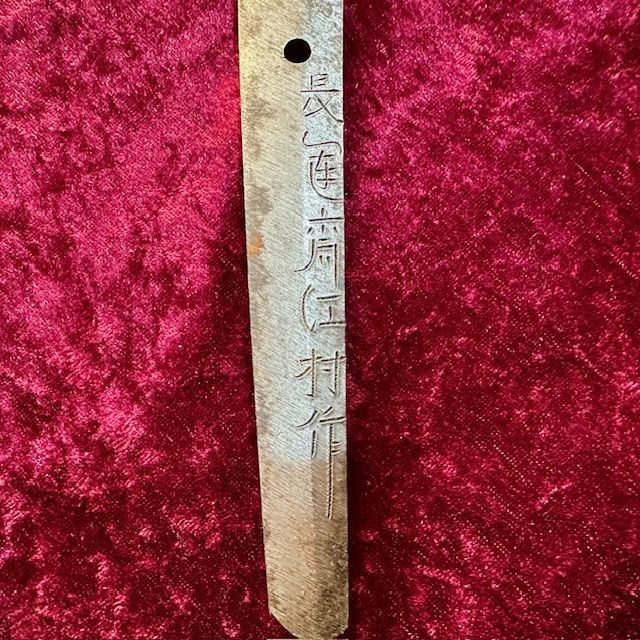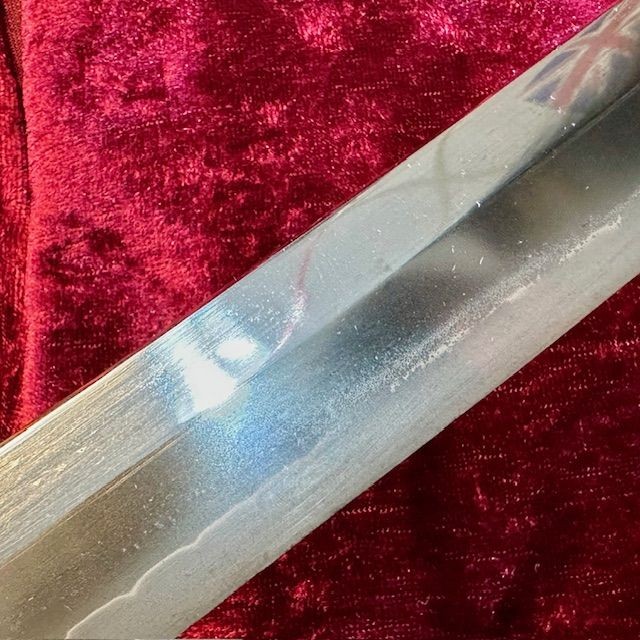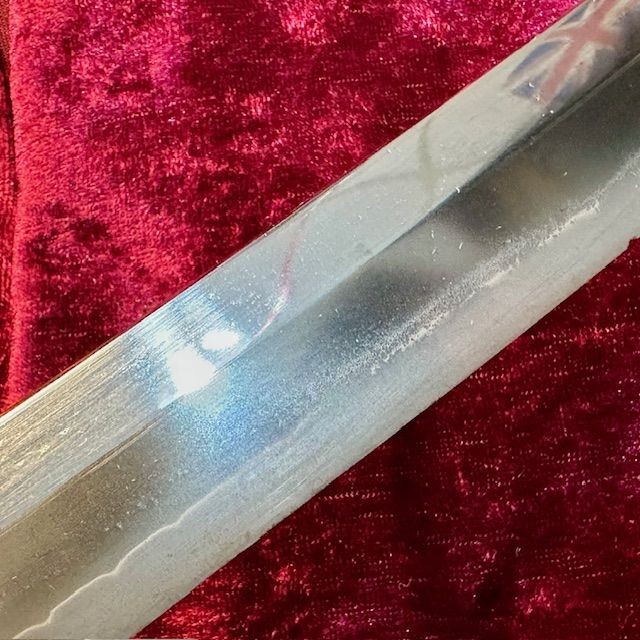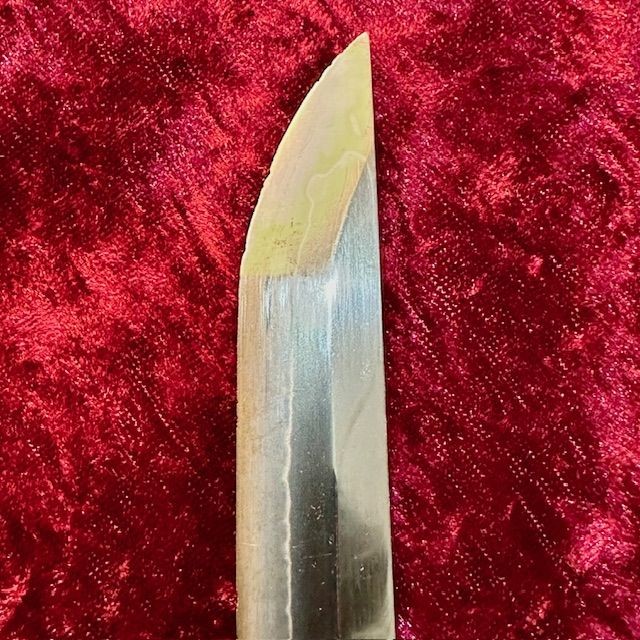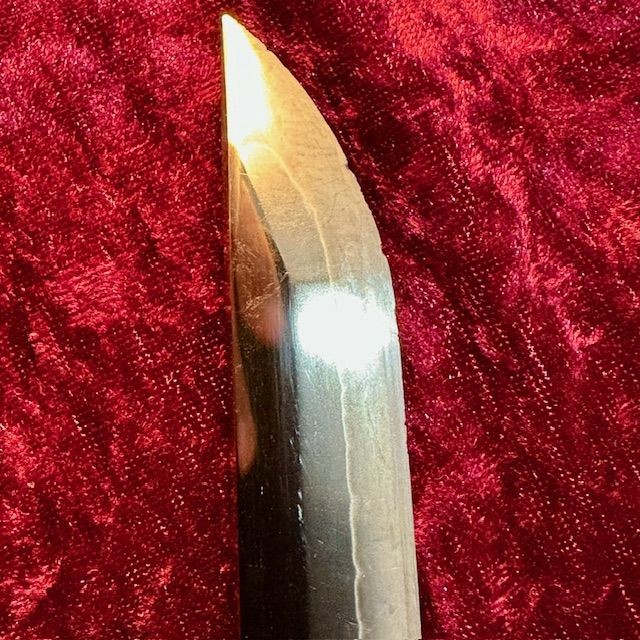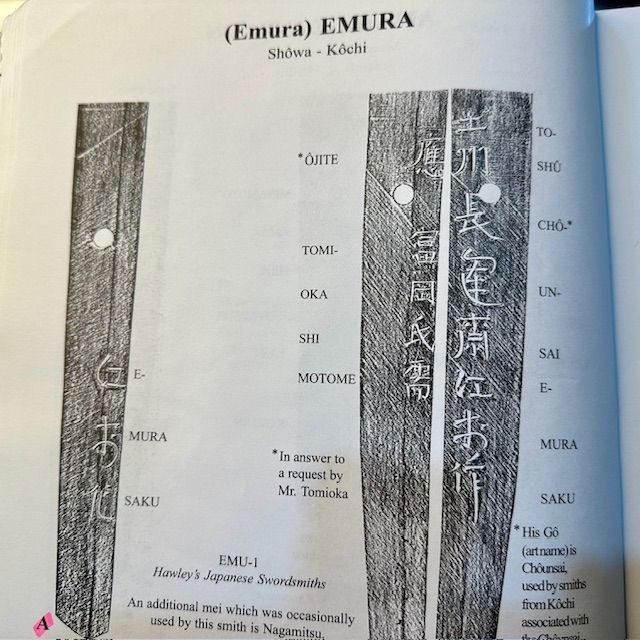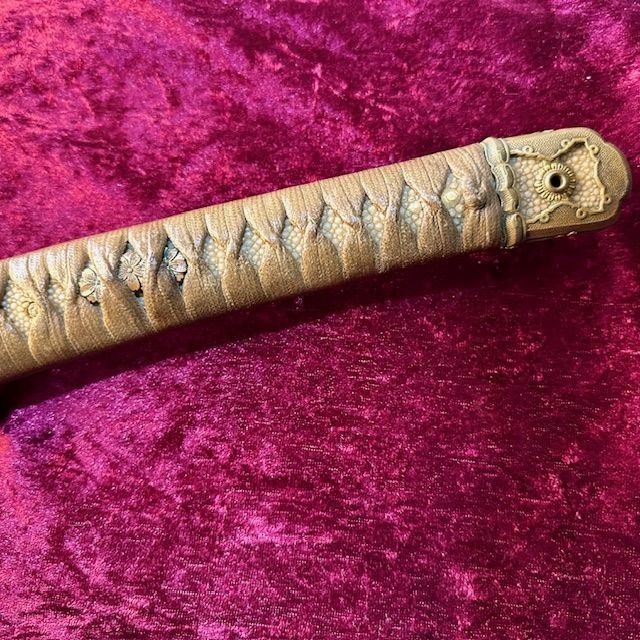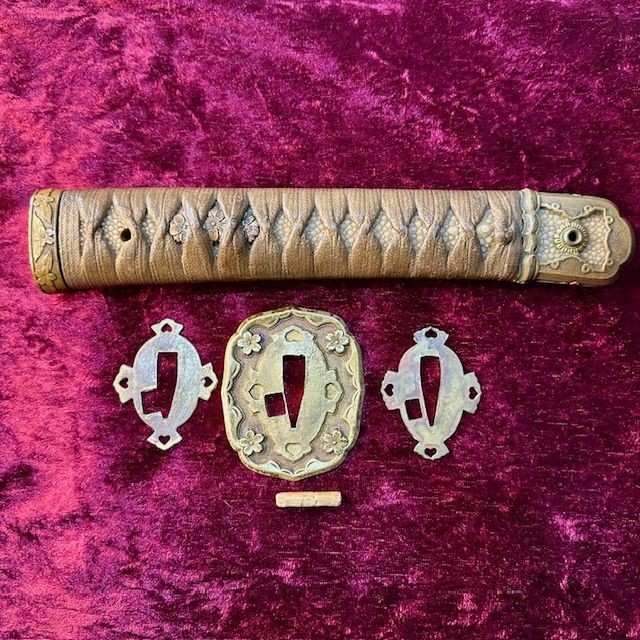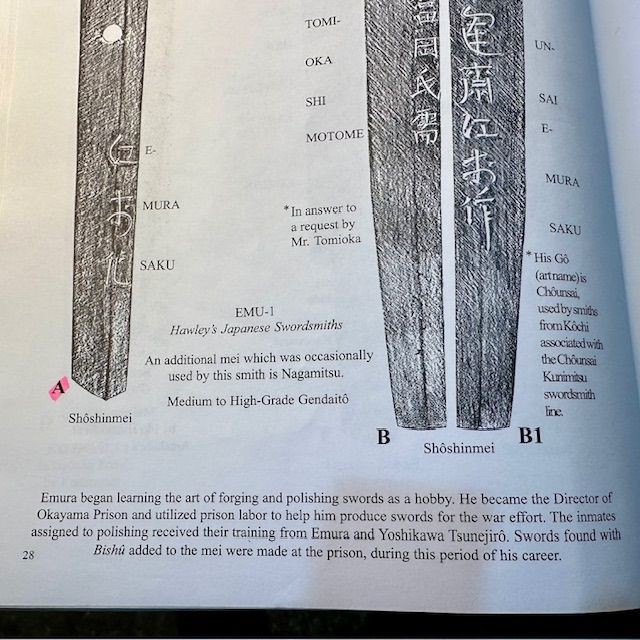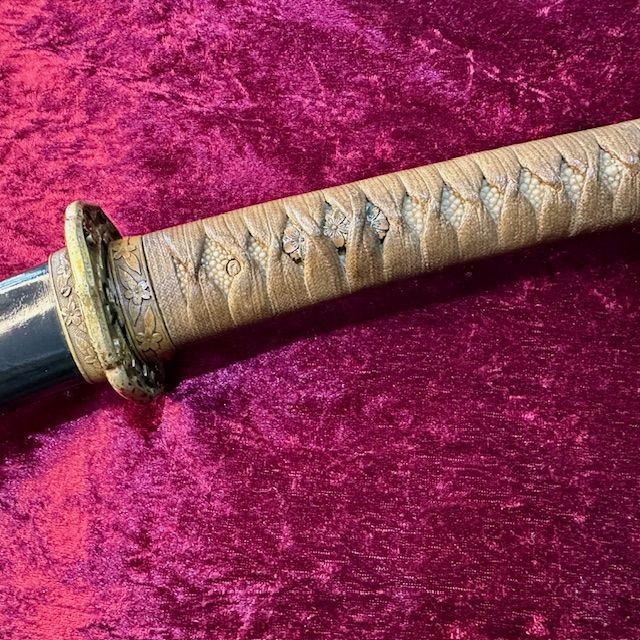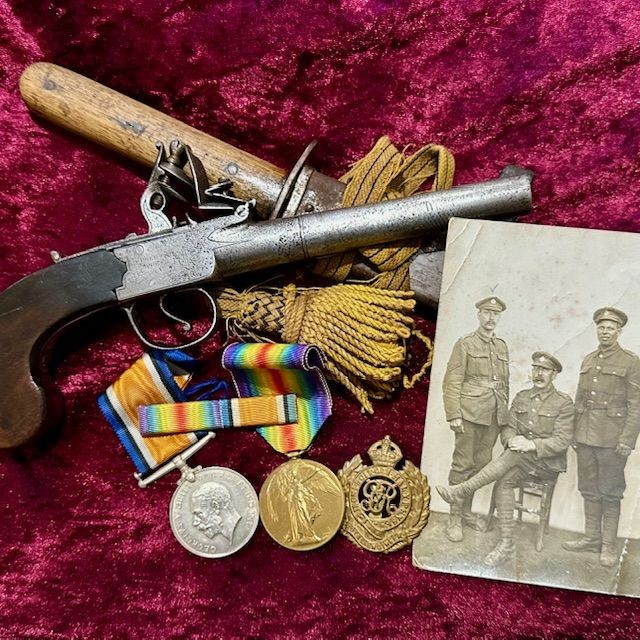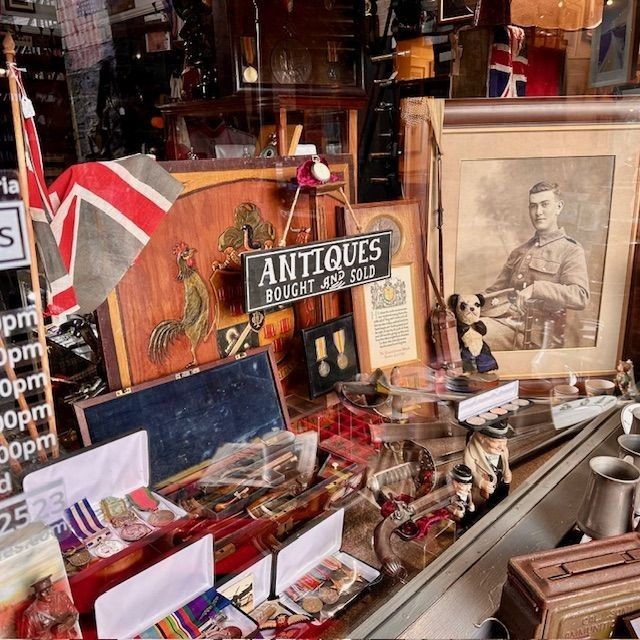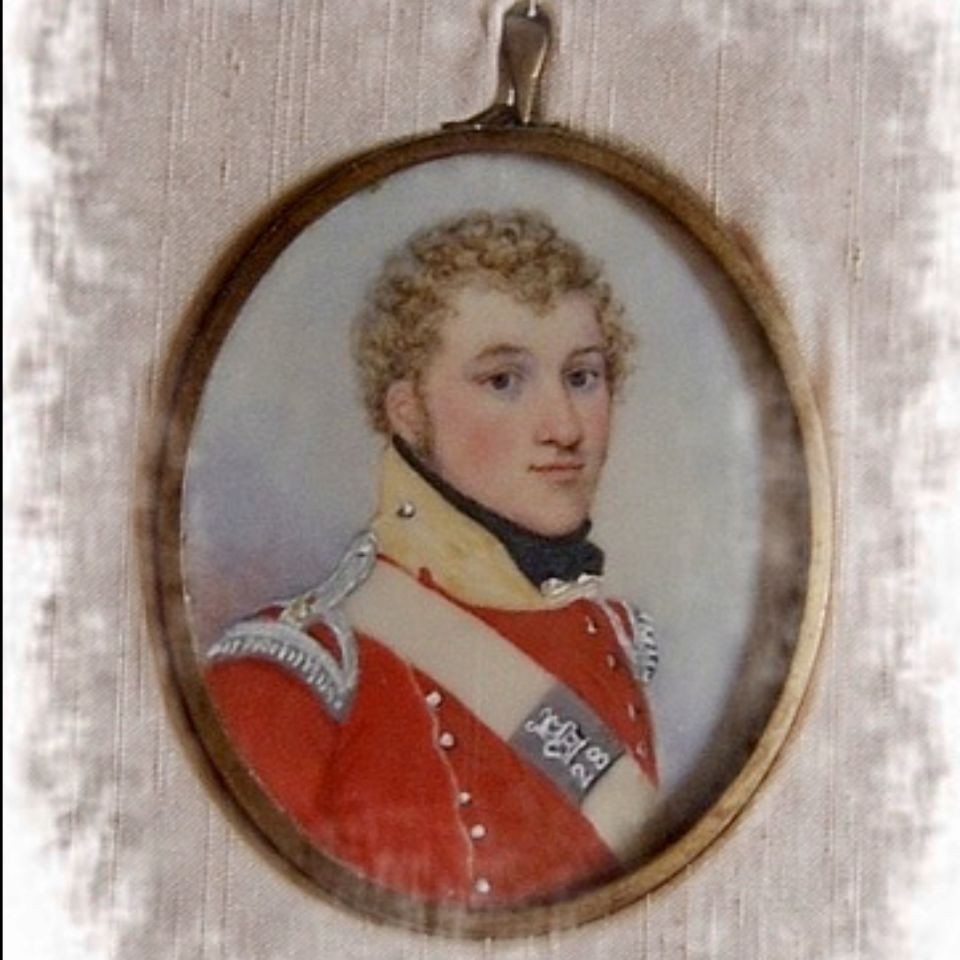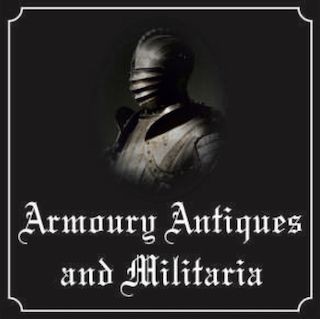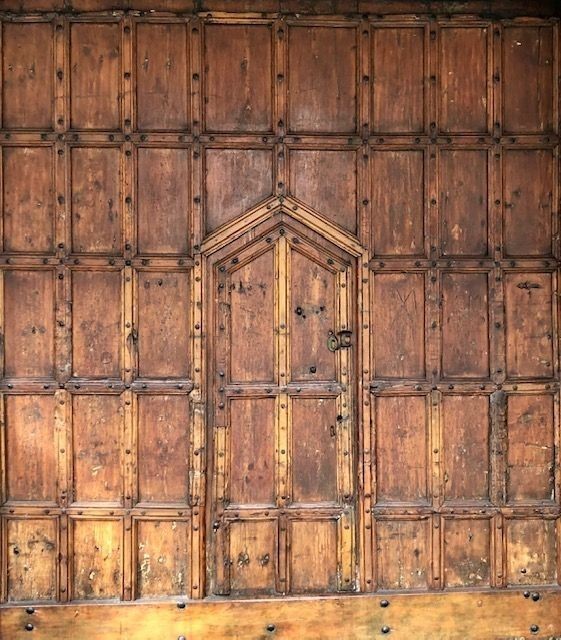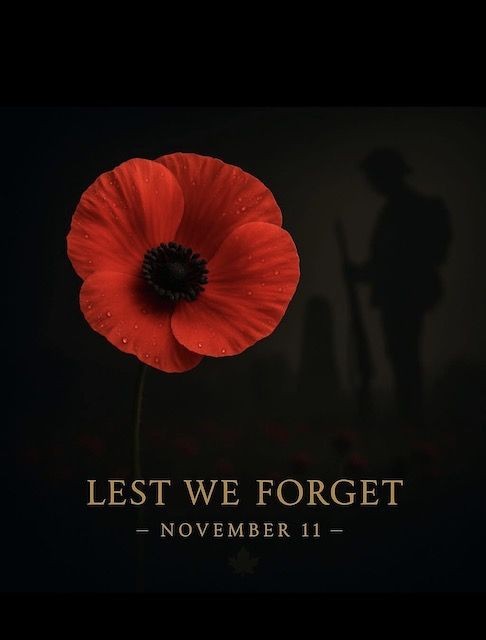***NOW SOLD***Shingunto Mounted Gendai-To by 'Chounsai Emura' (長運斉江村作).
During World War II a swordsmith named Chounsai Emura (real name: Emura Shigetato), originally from Tokushima in Shikoku, operated a sword making school on the grounds of the Okayama Prison. He made sword blades himself and also trained prisoners to make sword blades in support of the Japanese war effort. Emura san died in 1960. He made numerous very good blades which are now much sought after by collectors and students of the Japanese sword.
Yoshikawa Tsunetaro (father of the current NTHK head, Yoshikawa Kentaro) wrote an article in the Token Synzu called 'Nihonto to Kyo ni', which means roughly, 'Swords and I'. Yoshikawa reminisces about his days as a polisher and official for the military's sword polishing office during the war years. In the middle of the article, he mentions an Emura san, the head of a prison in Okayama. Yoshikawa states that in his official capacity, he often travelled around the country to inspect and looked in on various tanrenjo around the country. He mentions that his visit to this prison forge was perhaps the most touching of his trips. He states that Emura san signed blades 'Emura' and sometimes 'Emura Chounsai'. He said that he made blades in the Bizen style with choji hamon.
The article reads:
"Among my visits, the most memorable was a visit to a prison in Okayama. The head of the prison, Mr. Emura, while not a professional smith, made swords as a hobby. The swords made (by Emura) were polished within the prison by the prisoners. Blades were signed using his family name, 'Emura', and also 'Emura Chounsai'. These blades were made with a nioi based shimatta choji in the Bizen tradition. At first, before entering the facility, I wondered what type of person would be in this prison-I felt a bit of anxiety at the thought of these criminals. When the time came and I entered the prison, I witnessed the prisoners, large streams of sweat pouring from their brows as they worked, and I forgot my prior anxiety. I clearly remember the strenuous effort with which the prisoners toiled as they learned the craft of the sword."
There is at least one documented case of a Japanese Army General surrendering an Emura blade at the end of the Pacific Conflict. Lt-Gen.(Japanese 17th Army) Kanda Masatane's sword, an Emura made blade, was surrendered on September 16, 1945 in New Guinea to Brigadier Garret of the Australian 2nd Corp.
Emura blades have received Hozon origami from the NBTHK in Japan. Emura blades have also received Shinteisho and Kanteisho origami from the NTHK. This confirms that Emura blades are judged to be true gendaito.
UK mainland postage included.
When you subscribe to the blog, we will send you an e-mail when there are new updates on the site so you wouldn't miss them.

